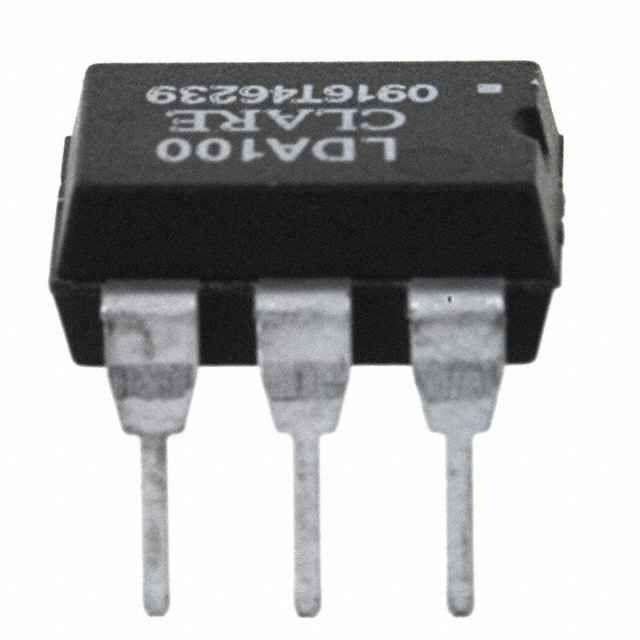In the world of electronics, power regulator circuits play a crucial role in ensuring the stability and reliability of electrical systems. These circuits are designed to regulate the voltage and current levels to protect sensitive electronic components from damage caused by fluctuations in power supply. Among the various types of power regulator circuits, linear regulator circuits and ESD (electrostatic discharge) protection circuits, such as TVS (transient voltage suppression) circuits, are widely used in electronic devices. In this blog, we will delve into the intricacies of these circuits and their importance in the realm of electronics, as well as the role of prototyping circuit boards in the development and testing of these circuits.
Linear regulator circuits are a fundamental component in electronic devices, as they provide a stable and regulated output voltage regardless of fluctuations in the input voltage. These circuits are commonly used in applications where precision and low noise are essential, such as in audio amplifiers, sensor interfaces, and other analog circuits. The basic principle of a linear regulator circuit involves using a feedback loop to adjust the output voltage to match a reference voltage, thereby maintaining a constant output voltage. This ensures that the connected electronic components receive a consistent and reliable power supply, preventing potential damage from voltage spikes or drops.
On the other hand, ESD protection circuits, such as TVS circuits, are designed to safeguard electronic devices from damage caused by electrostatic discharge. ESD events can occur when a charged object comes into contact with an electronic component, leading to a sudden surge of current that can potentially destroy the device. TVS circuits are specifically designed to divert this surge of current away from the sensitive components, thereby protecting them from ESD damage. These circuits are commonly used in electronic devices that are susceptible to ESD, such as smartphones, laptops, and other portable electronic devices.
In the process of developing and testing power regulator circuits and ESD protection circuits, prototyping circuit boards play a crucial role. These circuit boards, also known as breadboards, provide a platform for engineers and designers to build and test their circuit designs before finalizing the layout for production. Prototyping circuit boards allow for easy and quick modifications to the circuit design, enabling engineers to experiment with different components and configurations to achieve the desired performance. Additionally, these boards facilitate the testing of the circuit's functionality and reliability, ensuring that the final design meets the required specifications.
When working with power regulator circuits and ESD protection circuits, it is essential to consider the specific requirements of the application, such as the input voltage range, output voltage accuracy, current handling capabilities, and ESD protection levels. Selecting the appropriate components and designing the circuit layout to meet these requirements is crucial in ensuring the overall performance and reliability of the electronic device.

In conclusion, power regulator circuits and ESD protection circuits are integral components in the design and development of electronic devices, ensuring the stability and protection of sensitive electronic components. The use of prototyping circuit boards further facilitates the process of designing and testing these circuits, allowing for iterative improvements and optimizations. As technology continues to advance, the demand for efficient and reliable power regulator circuits and ESD protection circuits will only continue to grow, driving innovation in the field of electronics.
